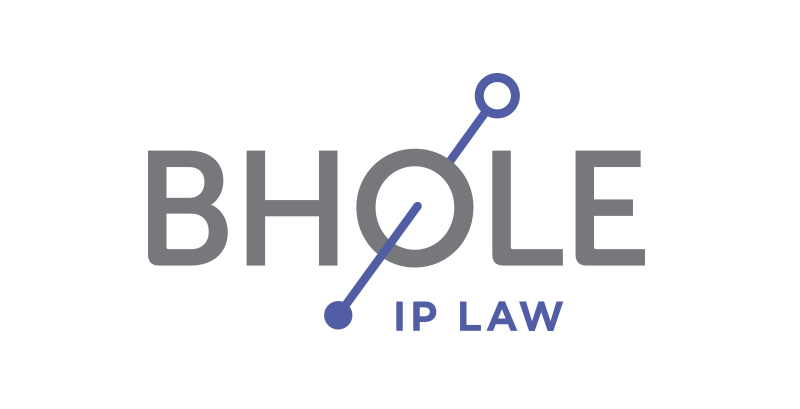Industrial design registrations can be a valuable resource for companies to protect their original designs and monetize their efforts for making beautiful products. Industrial designs can provide protection against copiers and counterfeiters because they can prevent undue copying of the visual features of shape, configuration, pattern or ornament applied to a product. As an example, the shape and look of a pair of headphones or the decoration applied to flower vase can be protected in Canada.
Beneficially to Canadian designers and producers, the Canadian Intellectual Property Office (CIPO) has recently issued a set of practice changes. Importantly, these changes will increase the scope of what can be considered an industrial design. Additionally, these changes will improve service and reduce burden to applicants of an industrial design.
Computer-generated animated designs
CIPO now officially recognizes computer-generated animated industrial designs as a single design applied to a finished article. This new category of design is exceptionally useful for those companies in a wide array of software and promotional industries that put much effort and cost into producing computer generated animations. Previously, CIPO only recognized unanimated computer-generated icons or images as a static design applied to a finished article. Accordingly, allowing animated designs can provide much broader protection than a mere still image. In order to submit a computer generated animated design, drawings for the design will need to be filed as a sequence of still frames.
Colour as a design feature
CIPO now officially recognizes that colour can form part of an industrial design. Particularly, CIPO will now accept colour as forming part of a combination of features of an industrial design. As colour invariably plays an important role in the design of products, and its consideration in design is meticulously deliberated over, this new change in practice can allow designers and producers to crucially protect a greater scope of their designs. However, note that colour, by itself, is not considered an industrial design. Industrial designs that includes colour as a feature must include a description that states that colour forms part of the design and include drawings in colour.
Timing of search with a priority claim
Previously, CIPO would start a search for prior art no earlier than six months from the Canadian filing date, whether or not there was a claim for priority to an associated foreign industrial design application. CIPO will now start the search for prior art as early as six months from the date of priority. This means that if an applicant is basing their Canadian industrial design application on a foreign industrial design application, the prior art search will start sooner. This earlier search will, in most cases, advantageously result in a faster grant for a Canadian industrial design. This earlier search will require that the applicant voluntarily submit a certified copy of the foreign application on which the priority claim is based.
Updates to refusal practice
Previously, where CIPO refused an application, CIPO would issue a “Final Report” upholding its objections to registration. Failure to respond to that report by the applicant would lead to abandonment. CIPO will now, instead of issuing a Final Report, issue a “Notification of Possible Refusal.” This new notification will provide the applicant with three months to request a review by the Patent Appeal Board. Accordingly, this provides greater avenues for the Applicant should CIPO not agree with the applicant on the merits of registrability of the industrial design application.
Delaying registration by choice
In certain circumstances, such as where the applicant would like to file a divisional application, an applicant may wish to delay the registration of their industrial design application. CIPO will now grant a delay of registration of up to six months from the date of allowance. Previously, a delay of registration would commence on the date when the request for a delay was received by CIPO. This new change allows for more certainty such that the applicant knows more clearly how much time they have before the delay ends and there will be registration.
Time limits to respond to office actions
The time period for an applicant to respond to an office actions issued by CIPO will now be three months. Previously, the time limit was four months. While this new time limit will unfortunately provide less time for an applicant to respond, it may lead to a timelier issuance of industrial designs.
Accordingly, the efficient acquisition of industrial design rights in Canada requires experience and expertise on the procedures and practices of the Canadian Intellectual Property Office. Thus, it is indispensable to use a firm that is familiar and experienced with acquiring protection for industrial designs, especially for companies who have put valuable efforts and money into producing their unique designs. BHOLE IP LAW is a boutique IP firm located in downtown Toronto, Canada and practices in all areas of IP, including developing business-minded industrial design strategies for startups, small and medium-sized businesses. BHOLE IP LAW provides competitive fees and, importantly, takes pride in its responsive and advisory approach.
**The information provided herein is a general background of intellectual property law concepts, does not constitute legal advice, and should not be relied upon as legal advice. Bhole IP Law, and the author, make no express or implied representations or warranties in respect of the information, including but not limited to the accuracy of the information. Note that while Bhole IP Law is a firm of Canadian lawyers authorized to practice before the United States Patent and Trademark Office, we are not U.S. lawyers nor lawyers in any other jurisdiction. As such, other foreign counsel may need to be consulted for U.S. or foreign legal matters.**
